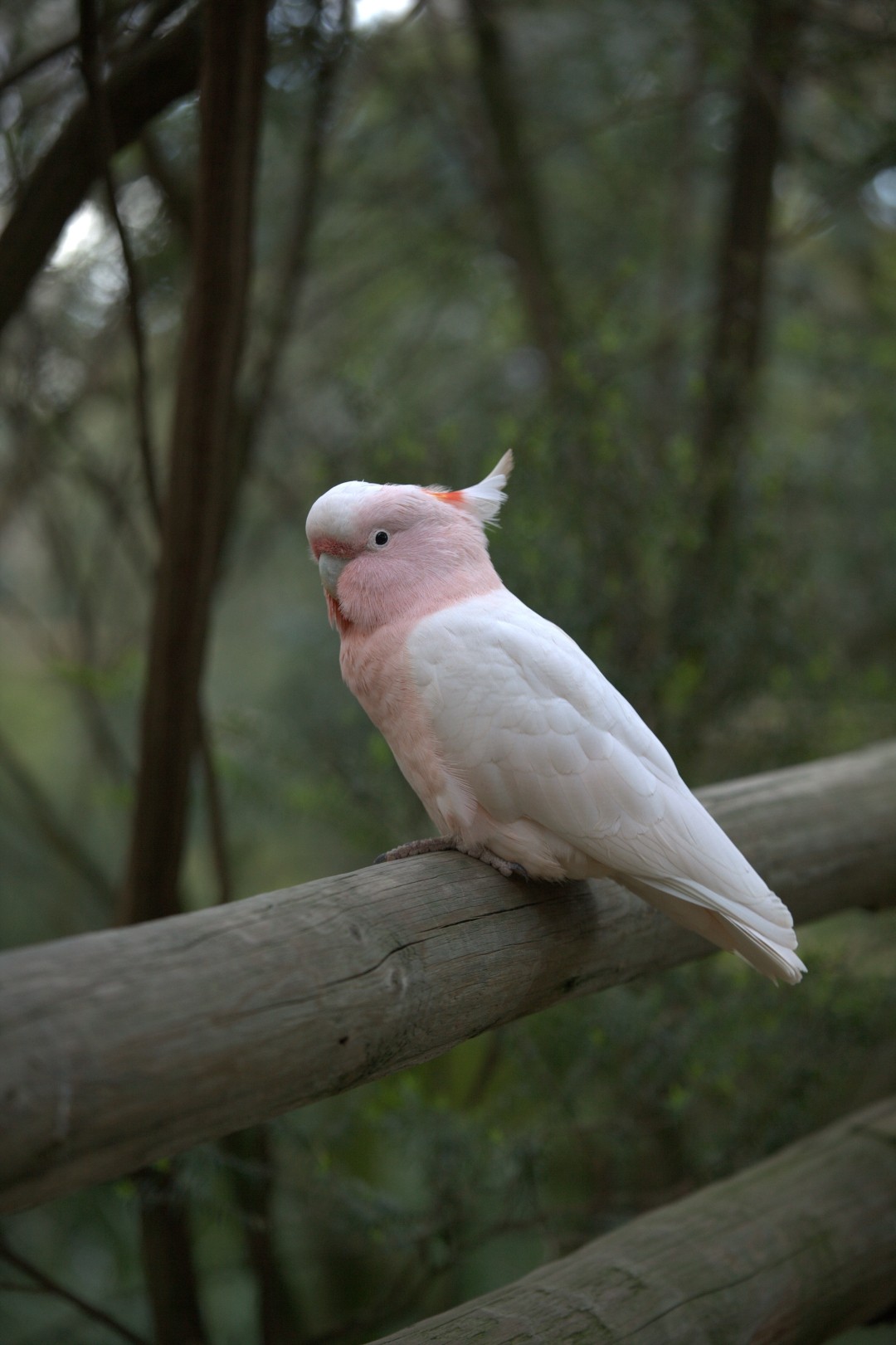Major Mitchell's Cockatoo
A species of White Cockatoos and Corellas Scientific name : Lophochroa leadbeateri Genus : White Cockatoos and Corellas
Major Mitchell's Cockatoo, A species of White Cockatoos and Corellas
Botanical name: Lophochroa leadbeateri
Genus: White Cockatoos and Corellas
Content
Description General Info
Description
With its soft-textured white and salmon-pink plumage and large, bright red and yellow crest, it is often described as the most beautiful of all cockatoos. It is named in honour of Major Sir Thomas Mitchell, who wrote, "Few birds more enliven the monotonous hues of the Australian forest than this beautiful species whose pink-coloured wings and flowing crest might have embellished the air of a more voluptuous region." 
Size
40 cm
Life Expectancy
70 years
Nest Placement
Cavity
Feeding Habits
Major Mitchell's Cockatoo, predominantly granivorous, consumes seeds and invertebrates. Engages in ground foraging and possesses a strong beak for seed cracking. Unique adaptations include preference for particular seeds, reflecting a selective dietary habit.
Habitat
Extensive woodlands, conifers, sheoak, eucalypts
Dite type
Nectivorous
General Info
Feeding Habits
Bird food type
Distribution Area
In contrast to those of the galah, populations of Major Mitchell's cockatoos have declined rather than increased as a result of man-made changes to the arid interior of Australia. Where galahs readily occupy cleared and part-cleared land, Major Mitchell's cockatoos require extensive woodlands, particularly favouring conifers (Callitris spp.), sheoak (Allocasuarina spp.) and eucalypts. Unlike other cockatoos, Major Mitchell pairs will not nest close to one another, so they cannot tolerate fragmented, partly cleared habitats, and their range is contracting. In the Mallee region of Victoria where the galah and Major Mitchell's cockatoo can be found to be nesting in the same area, the two species have interbred and produced hybridised offspring occasionally. 
